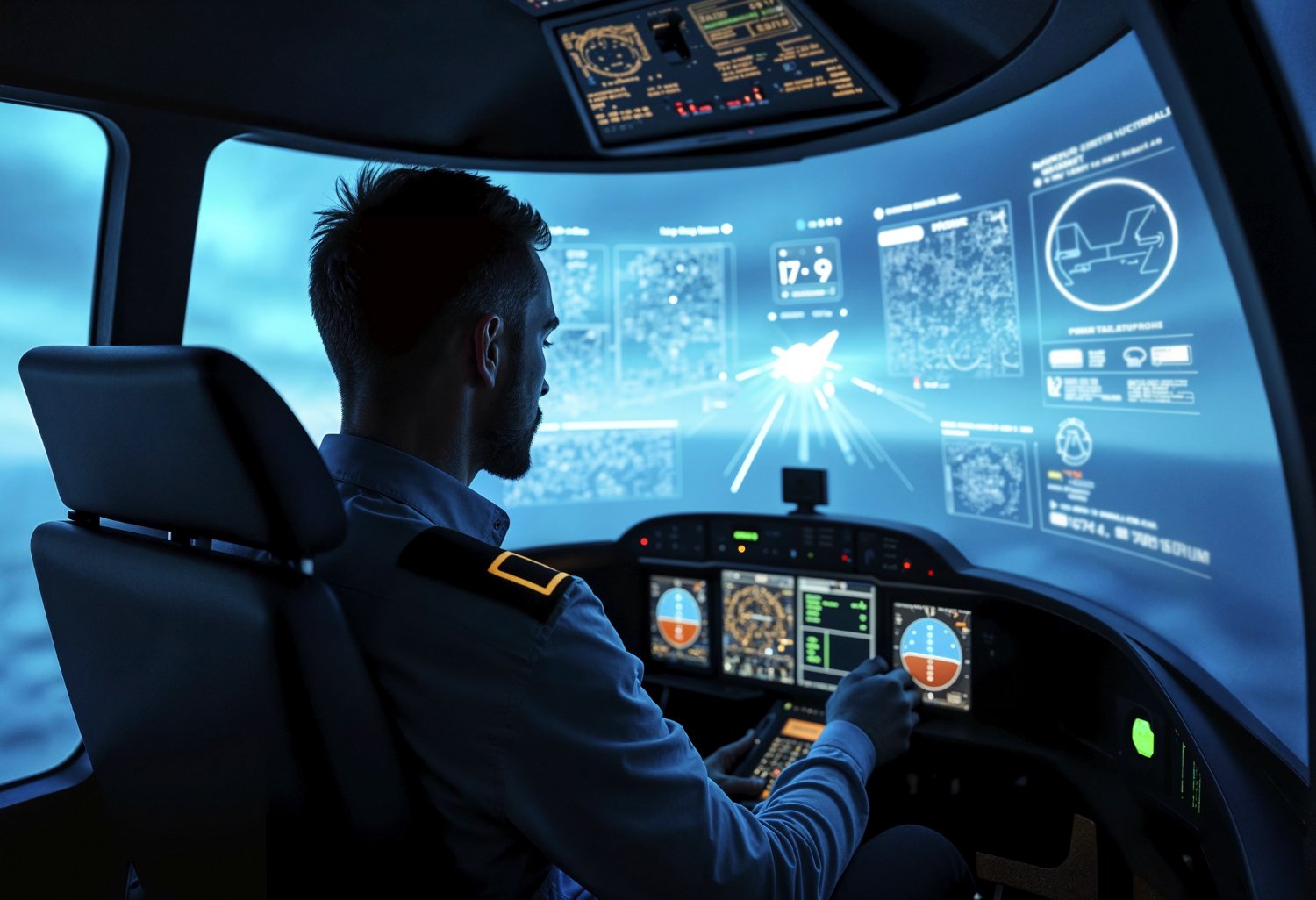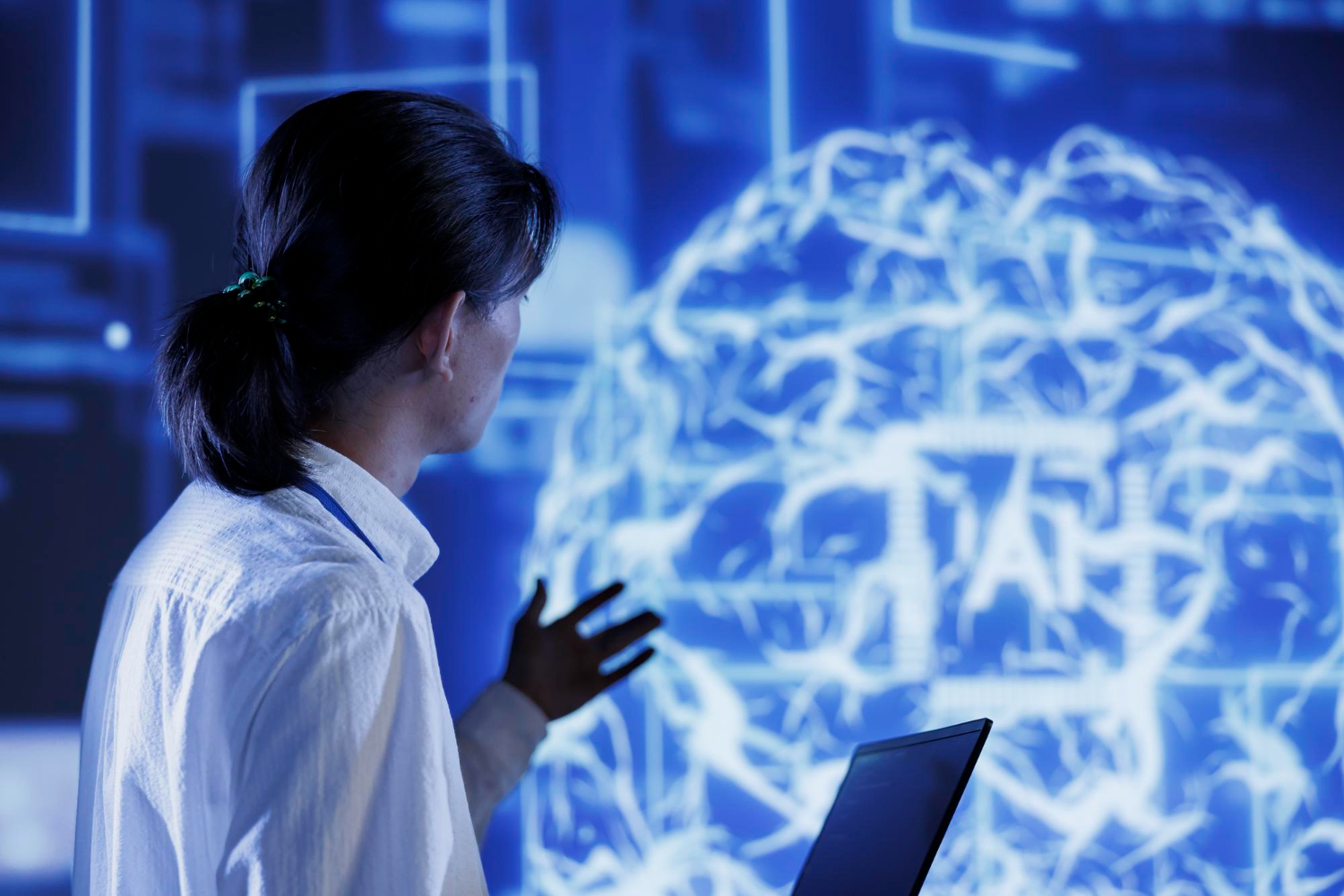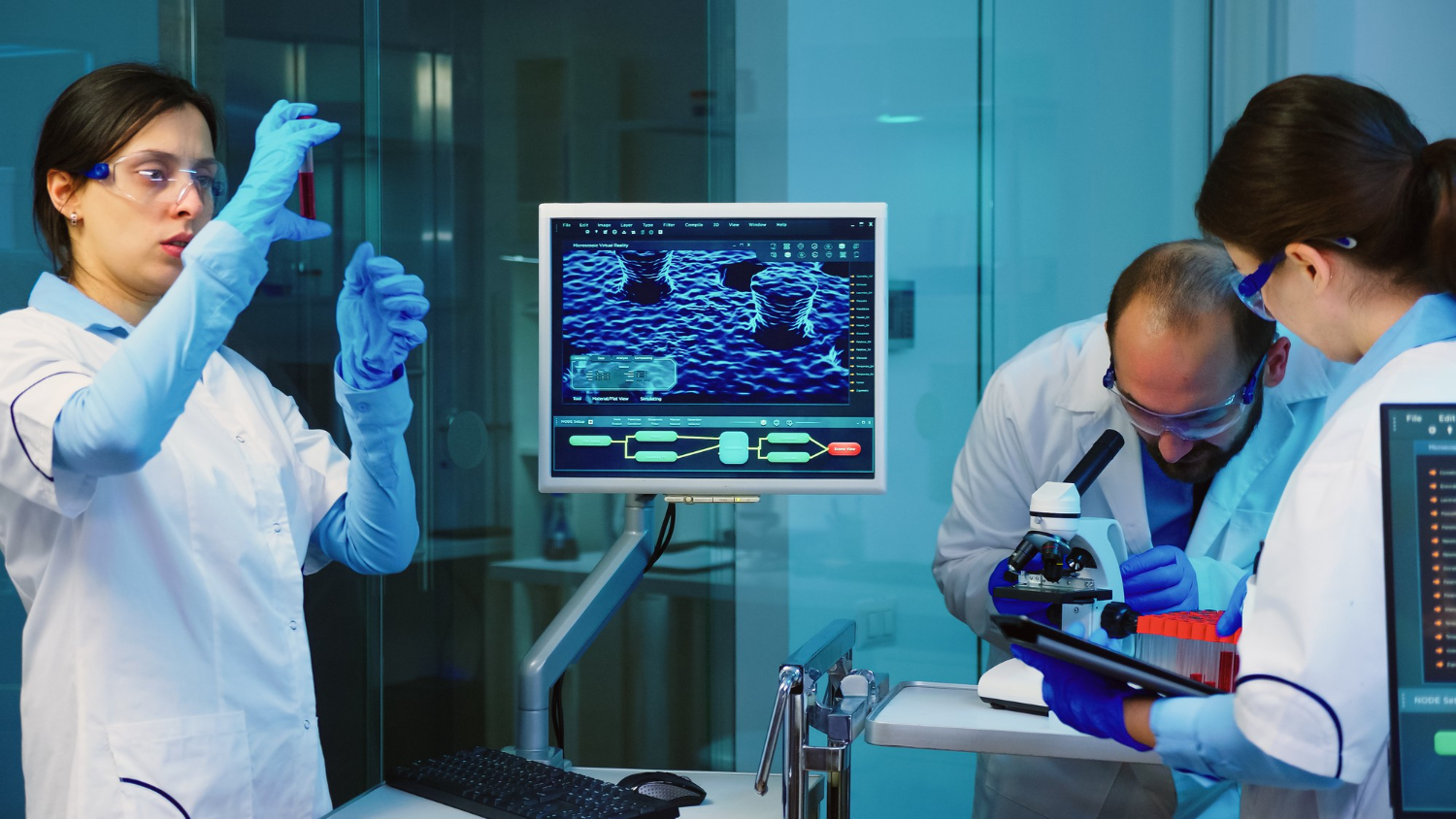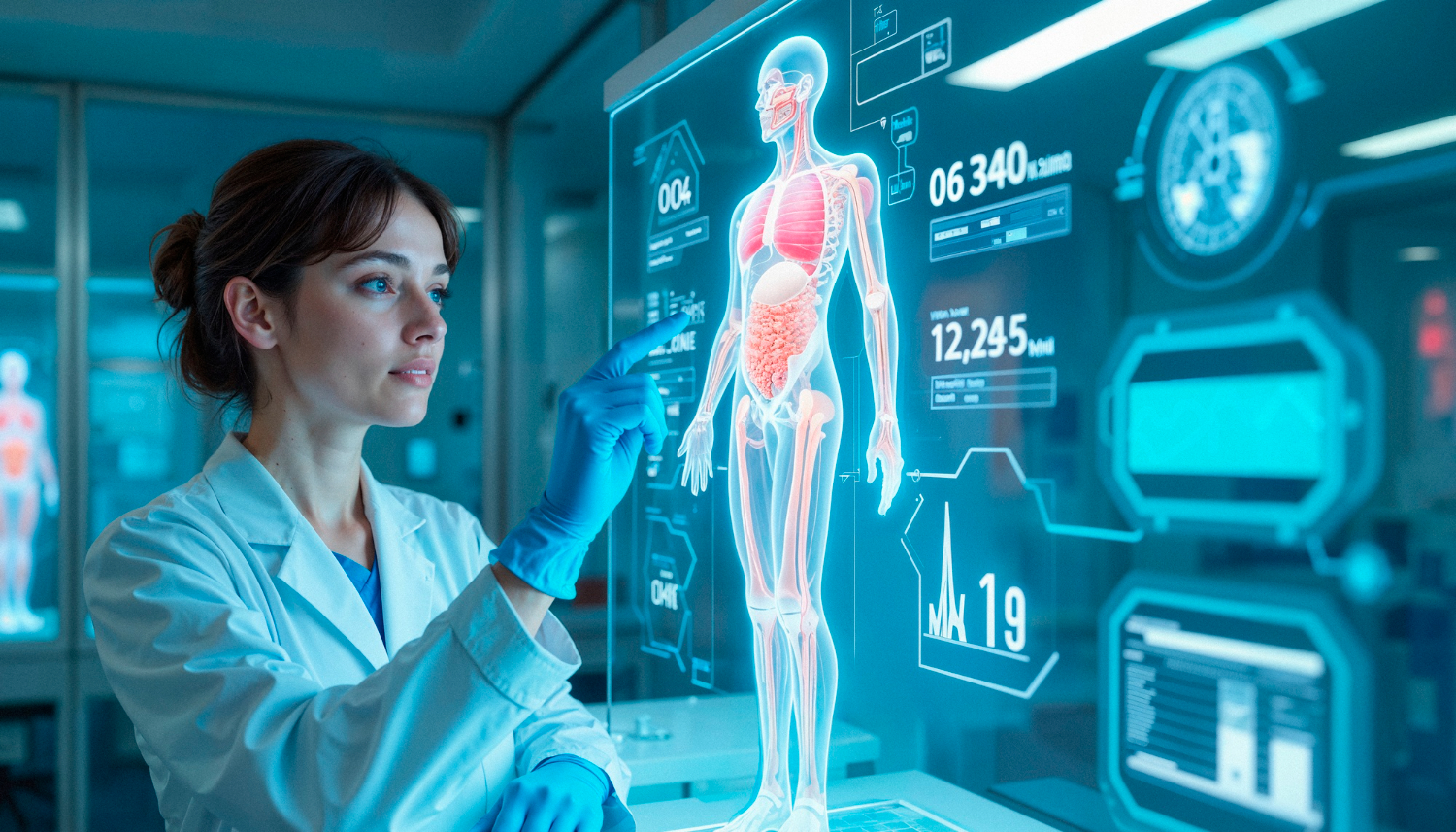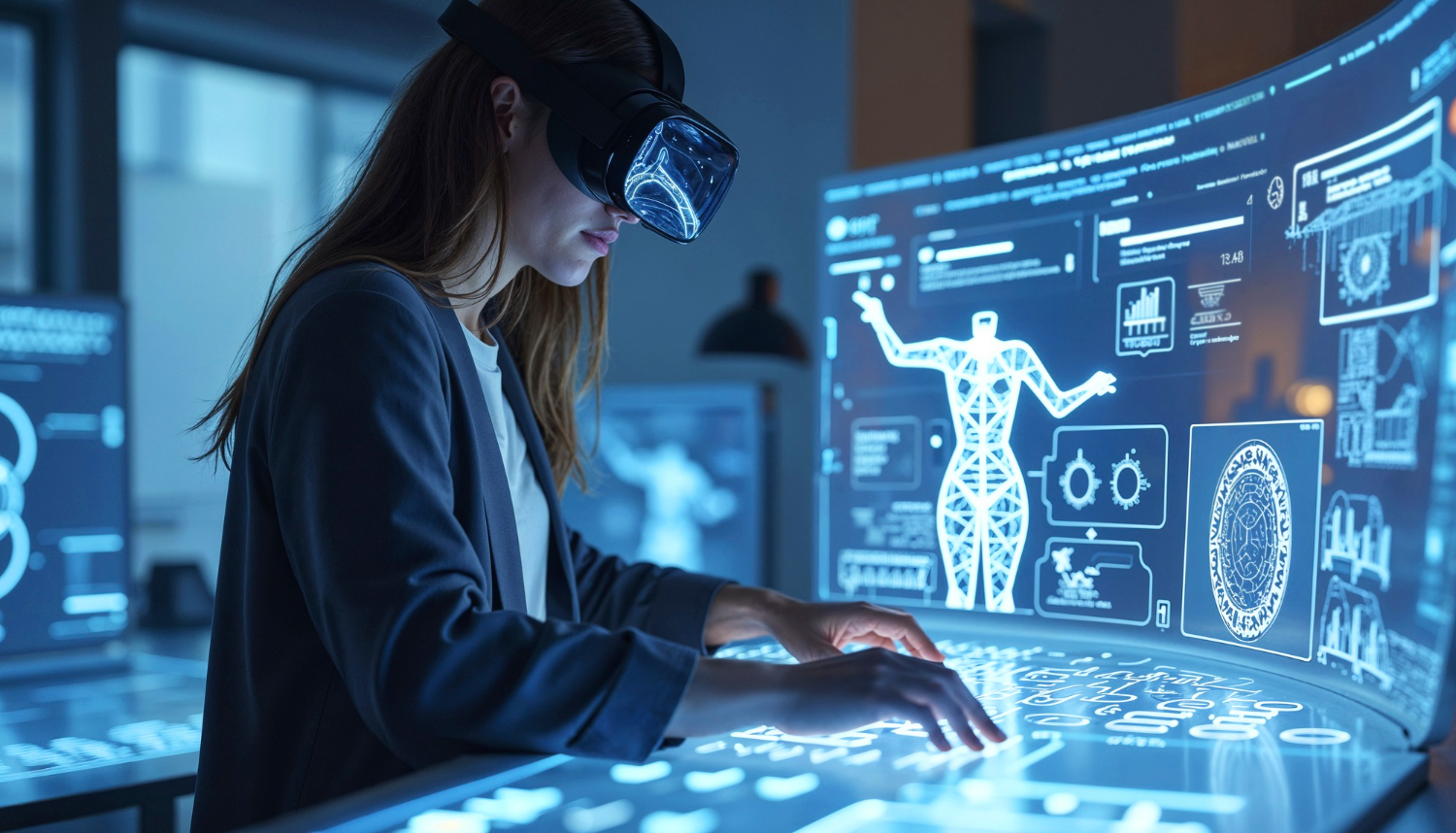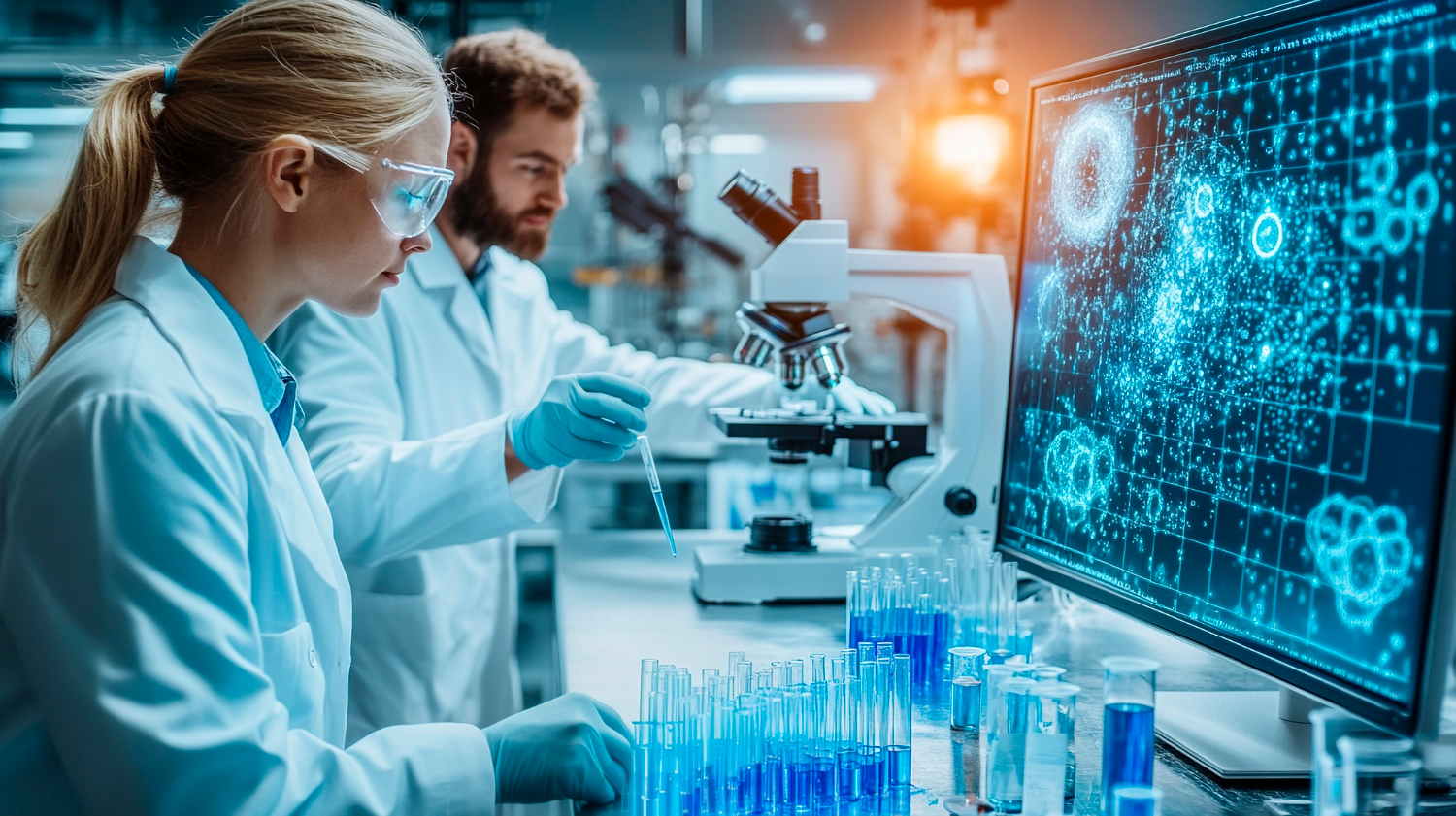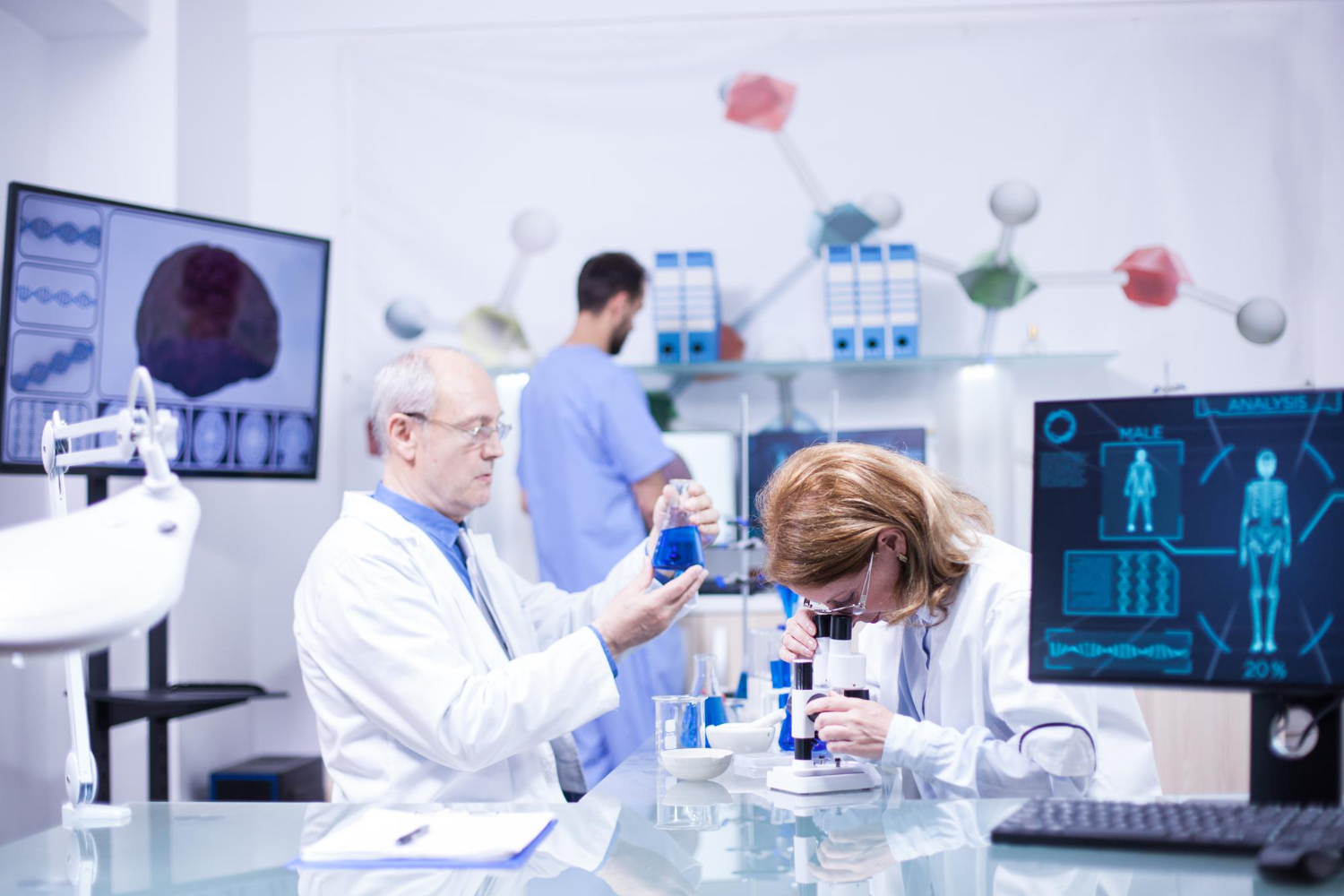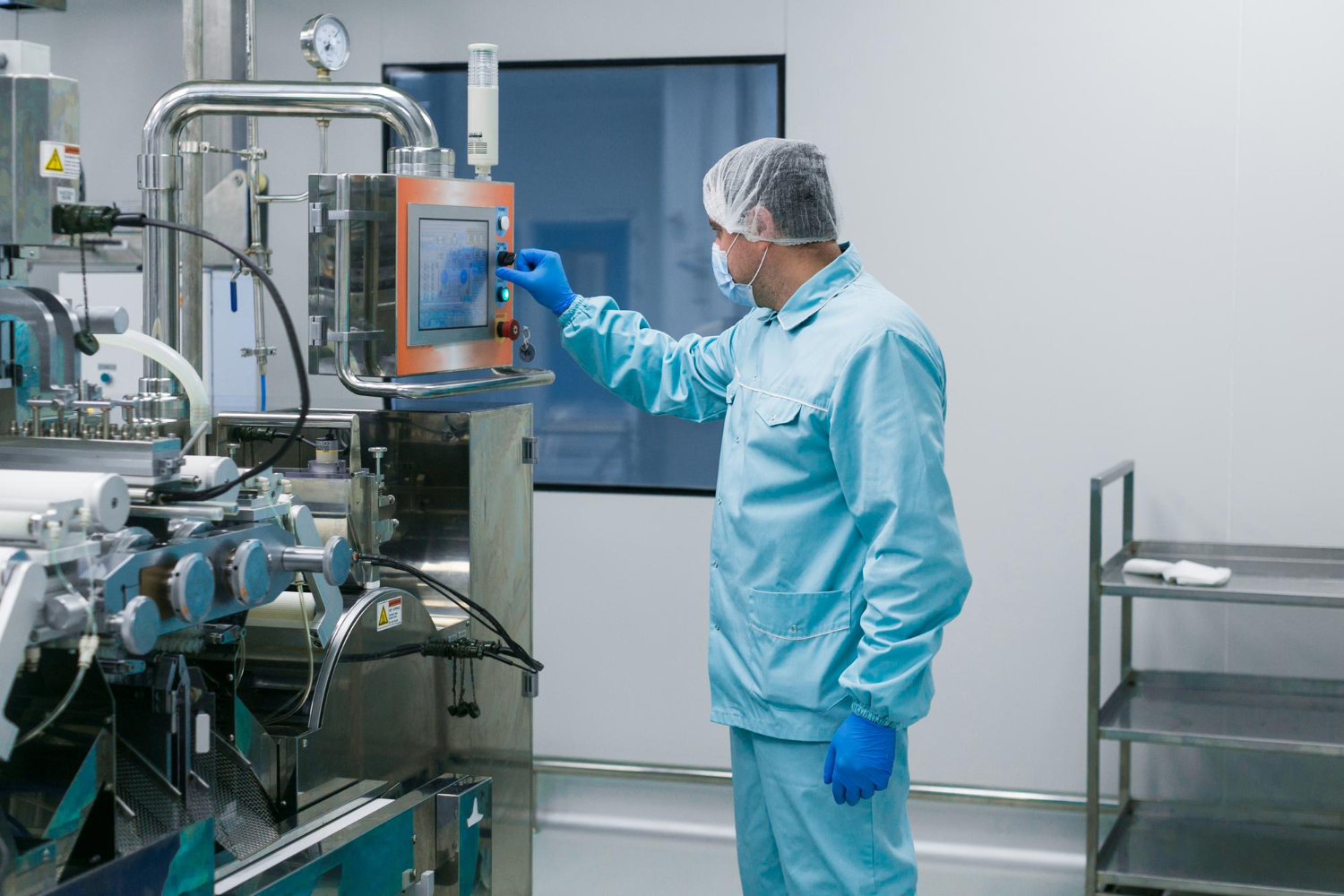AI and Aviation Safety
Modern aviation is changing. Artificial intelligence (AI) now plays a crucial role in how flights run. It helps improve safety in ways that were not possible before.
Planes carry more people than ever, and safety remains the top priority. AI supports this goal.
Airlines worldwide use AI to improve flight systems. These systems can now think, learn, and help spot risks before they cause harm. AI can study past events, weather changes, and pilot actions. This helps avoid accidents and reduce human error.
Preventing Problems Before They Happen
Most air crashes are due to human mistakes. Artificial intelligence helps reduce these errors. It does this by checking data in real time.
It watches sensors, weather feeds, and plane behaviour. It can alert the crew when something goes wrong.
Some tools also use artificial intelligence to simulate flights. These tools train pilots and show how to deal with bad weather or engine failure. Simulations like these help pilots stay calm and act fast.
In the United States, many flight training schools use AI-based systems. These systems track student progress and adjust lessons to help each trainee improve.
Read more: AI in Aviation Maintenance: Smarter Skies Ahead
Supporting Air Traffic Control
Air traffic controllers manage many flights at once. They must make fast decisions, especially during peak times.
AI helps them stay on top of things. It checks plane positions and flight paths. It predicts delays and offers other routes.
Some systems can even talk to planes and help with landing. This reduces the chance of miscommunication. In busy areas, these systems ease the burden on human controllers.
By using AI, airports run more smoothly. Fewer delays mean less stress for passengers and safer skies.
Aircraft Maintenance and Safety
Keeping planes in top shape is key to safe travel. AI helps here too. It can read sensor data from engines and wings.
If anything looks off, it raises a flag. This type of early warning prevents small problems from growing into big ones.
Many airlines use AI tools to plan maintenance. These tools decide the best time for checks and repairs. They keep costs low and ensure planes stay safe.
When airlines ground planes for too long, they affect profits. AI helps reduce downtime by fixing only what needs fixing. This is smarter and safer.
Read more: AI-Powered Computer Vision Enhances Airport Safety
Smart Use of Flight Data
Planes create a lot of data on every flight. AI sorts this data quickly. It spots patterns that humans may miss. This helps airlines see what’s working and what’s not.
Some systems also give live updates to pilots. They show fuel levels, engine heat, and speed changes. This helps the pilot take action before anything gets worse.
AI also helps after a flight. If there was a problem, the system can review what happened. It helps the airline fix it so it won’t happen again.
Safer Airports and Boarding
AI is not just in the air. It helps on the ground too. Cameras with AI can check people and bags. They find threats faster than older systems.
Some airports use face scans to speed up boarding. These scans also check against no-fly lists. This makes travel faster and safer.
AI tools also manage crowds. They guide people to gates, reduce wait times, and make travel less stressful.
The Role of AI in Weather Monitoring
Weather is one of the biggest risks in aviation. Sudden storms or fog can delay or even stop flights. AI reads weather data from satellites and radar. It gives updates every few minutes.
Pilots can use this to choose better flight paths. It also helps airports prepare. If strong winds approach, authorities can close runways early. This prevents accidents.
AI helps improve long-term planning too. Airlines can avoid flying in areas with known weather risks. That means safer flights for all.
Read more: IoT Cybersecurity: Safeguarding against Cyber Threats
How TechnoLynx Can Help
At TechnoLynx, we help companies build safe, AI-powered solutions. Our team works with clients in aviation and other high-risk fields. We help them apply AI to real problems.
We design systems that learn from data and support critical tasks. From flight monitoring to airport safety checks, we can build tools that make your work smarter and safer.
If you’re working to improve flight safety, we’re ready to help. Let TechnoLynx support your move into the future of aviation.
Image credits: Freepik

